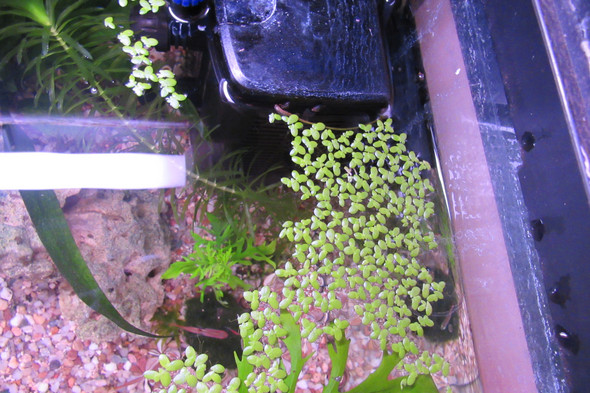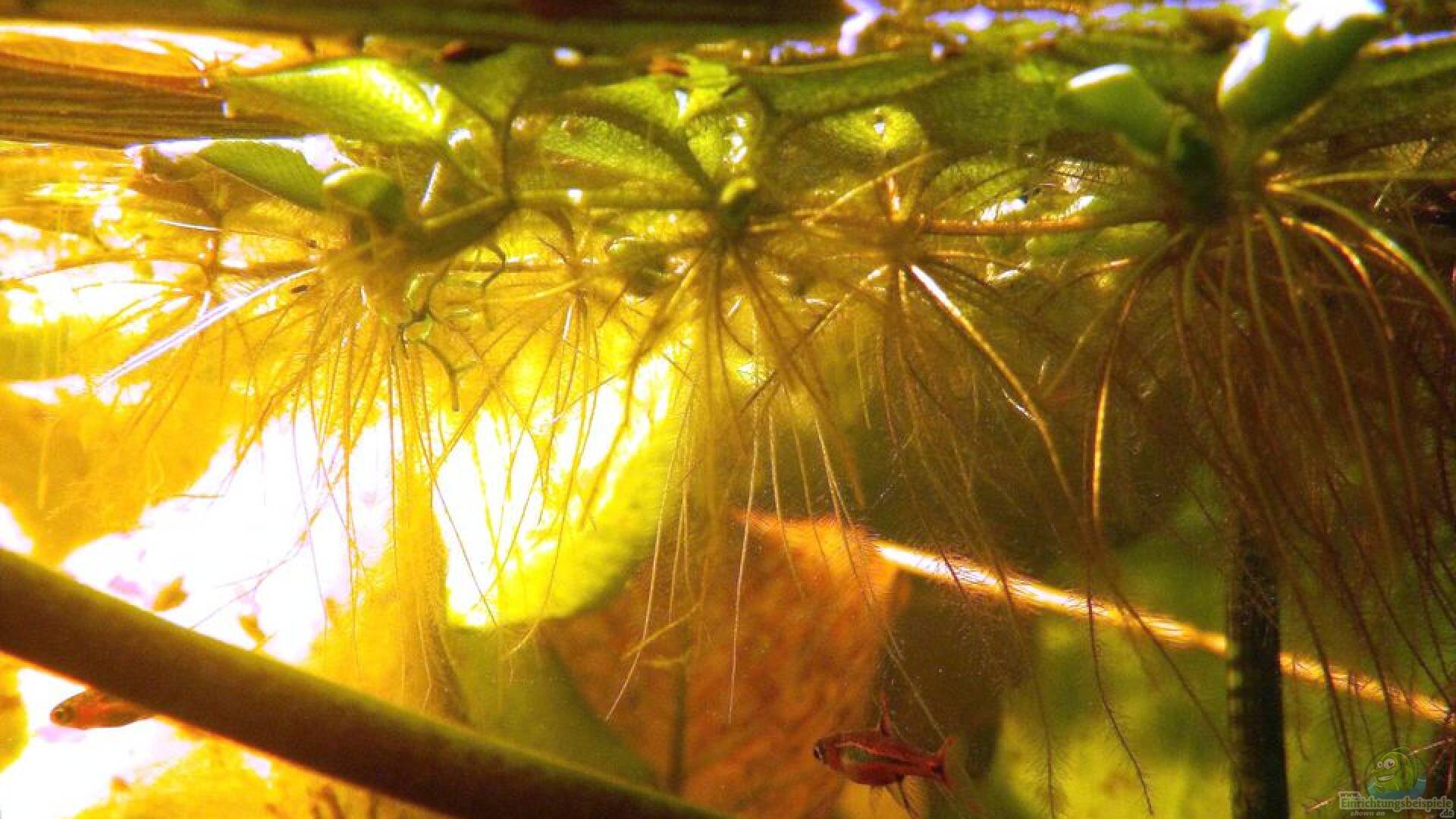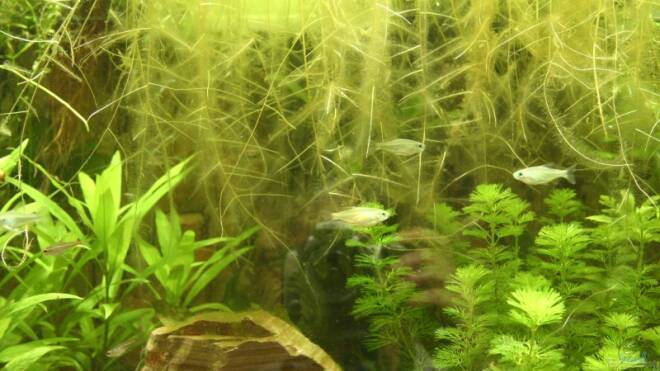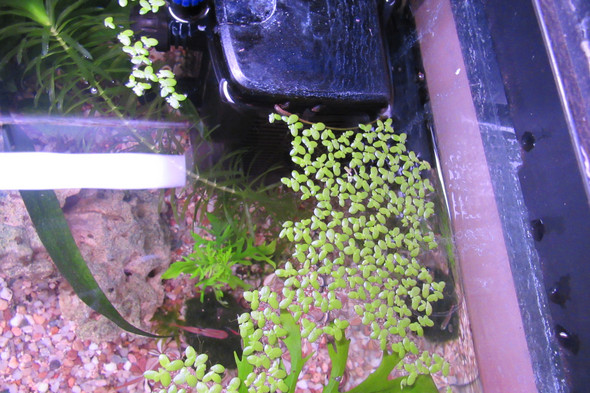Aquarien Schwimmpflanzen
Aquarium enthusiasts know that adding schwimmpflanzen to their aquariums can elevate the look and feel of their tanks. Schwimmpflanzen, also known as floating plants, create a natural habitat for aquatic animals and help maintain the chemical balance in the water.
Pain Points
However, adding schwimmpflanzen to an aquarium can also come with its own set of challenges. One of the most common issues is the overgrowth of the plants, which can lead to reduced oxygen levels and the death of aquatic plants and animals. Additionally, some types of schwimmpflanzen can block out light and make it harder for other plants to grow.
Answering the Target of Aquarien Schwimmpflanzen
If you're looking to add schwimmpflanzen to your aquarium, it's important to research which types are best for your tank and how to properly care for them. By monitoring their growth and pruning them regularly, you can maintain a healthy and thriving aquarium ecosystem.
Main Points
In summary, schwimmpflanzen are a great addition to any aquarium, but it's important to be aware of the challenges they can bring. By choosing the right types of schwimmpflanzen and properly maintaining them, you can create a beautiful and healthy aquatic environment.
Target of Aquarien Schwimmpflanzen
One of the most popular types of schwimmpflanzen is the water lettuce. This plant has beautiful green leaves that look like tiny lettuce heads, hence the name. I've personally had great success with water lettuce in my aquarium. Not only does it look great, but it also helps to absorb excess nutrients and maintain water quality.

Benefits of Aquarien Schwimmpflanzen
Another great benefit of schwimmpflanzen is their ability to provide shade and cover for fish and other aquatic animals. This can help reduce stress levels and create a more natural habitat for your pets. Additionally, schwimmpflanzen can help balance pH levels and reduce the growth of algae, making it easier to maintain a healthy and clear environment.

Choosing the Right Aquarien Schwimmpflanzen
When choosing schwimmpflanzen for your aquarium, it's important to consider the specific needs and characteristics of your tank. Some common types of schwimmpflanzen include duckweed, water hyacinth, and fairy moss. Be sure to research which types work best with your aquarium setup and consider factors such as lighting, water temperature, and pH levels.
Maintaining Your Aquarien Schwimmpflanzen
Proper maintenance is key to keeping your schwimmpflanzen healthy and thriving. Be sure to regularly check for overgrowth and prune as necessary. It's also important to monitor water quality and test for ammonia and nitrates on a regular basis. As with any plant, providing adequate light and nutrients is crucial for growth and overall health.
Questions and Answers
Q: Can schwimmpflanzen cause oxygen levels to drop in my aquarium?
A: Yes, if not properly maintained, schwimmpflanzen can cause oxygen levels to decrease. It's important to regularly check levels and prune the plants as needed.
Q: Are there any types of schwimmpflanzen that are harmful to aquatic animals?
A: Some types of schwimmpflanzen, such as water hyacinth, can grow quite large and block out light, which can harm other aquatic plants. Additionally, some types of schwimmpflanzen are known to be toxic to certain fish and animals, so it's important to do your research before adding them to your aquarium.
Q: How do I know if my schwimmpflanzen are getting enough light?
A: Most types of schwimmpflanzen require moderate to high levels of light. If you notice your plants are turning yellow or brown, it may be a sign that they are not getting enough light. Consider adjusting the lighting in your aquarium or trying a different type of schwimmpflanze.
Q: Do I need to add nutrients to my aquarium water if I have schwimmpflanzen?
A: Schwimmpflanzen can help absorb excess nutrients in the water, but they still require adequate nutrients for growth and health. Consider adding liquid fertilizers or substrate supplements to your aquarium to ensure your schwimmpflanzen have all the necessary nutrients they need.
Conclusion
By adding schwimmpflanzen to your aquarium, you can create a beautiful and natural habitat for your aquatic pets. With proper research, care, and maintenance, your schwimmpflanzen can thrive and provide a wide range of benefits to your aquarium ecosystem.
Gallery
Related Image | Schwimmpflanzen, Wasserpflanzen, Aquarium Aquascape

Photo Credit by: bing.com / riccia fluitans schwimmpflanzen wasserpflanzen aquarien
Schwimmpflanze: Alle Wichtigen Infos

Photo Credit by: bing.com / schwimmpflanzen aquarien
Wasserlinsen Im Garnelenaquarium – Eine Gute Oder Eine Schlechte Idee?
Photo Credit by: bing.com / wasserlinsen garnelen garnelio garnelenaquarium lemna schwimmpflanzen vermehrung wasserlinse schlechte pflanze
Aquarien Mit Schwimmpflanzen | Einrichtungsbeispiele

Photo Credit by: bing.com / schwimmpflanzen aquarien einrichtungsbeispiele
Schwimmpflanzen Ohne Vorwarnung Gekommen Was Machen? (Aquarium

Photo Credit by: bing.com / schwimmpflanzen vorwarnung gekommen soll